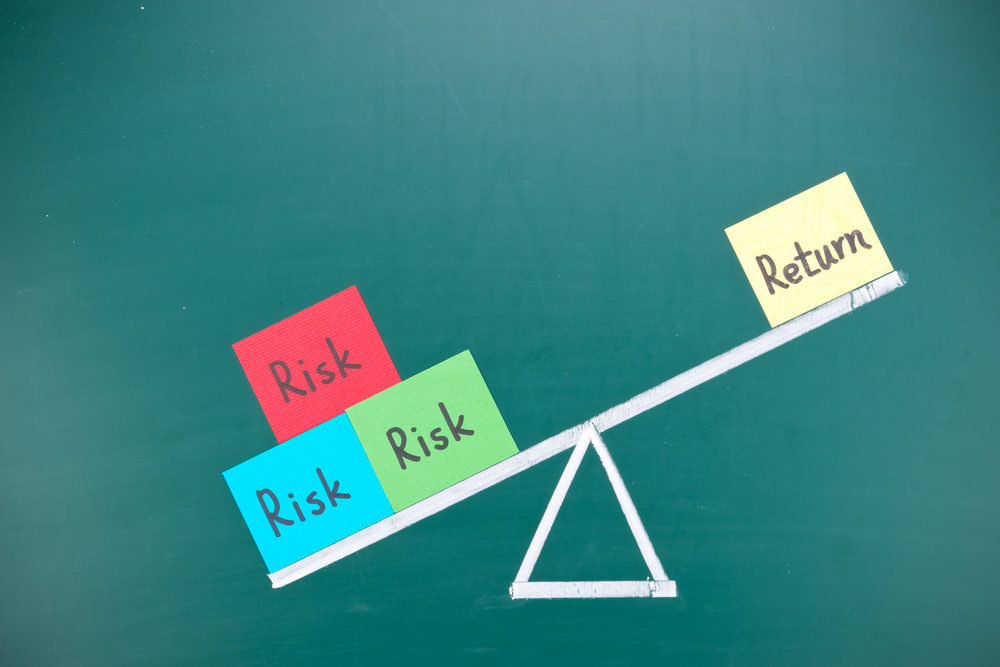Risk management can be achieved with several key tools, but traders should be aware of the key elements of calculating the amount they risk on individual trades. Moreover, it is essential to understand the difference between margin and trade risk.
Calculation of risk per trade
Here is an example of how to calculate trade risk:
- – A long position is taken on the GBP/USD pair, trading at 1.29465 with a margin requirement of £432.
- – You place your stop at 1.289459 based on your analysis.
- – If the market price drops below this figure, your position would be automatically closed out, 52 pips below the opening price.
- – If you lose £1 per pip, you will lose £52, leaving a margin of £432.
Using the example trade, you risk only £52 instead of £432. Margin is different from trade risk.
Understanding what affects your trade risk
Trading financial markets require you to understand the risk associated with your positions and implement those tools to manage risks. Throughout this lesson, you will learn about the different risk management tools available, how position sizing is important, and how pip calculation works.
Stop-loss orders
Orders attached to open or pending orders are called stop-loss orders, and they may take various forms depending on the market situation. Stop-loss orders are designed to close open positions when the market has touched the price level.
A trailing stop enables the stop to move at preset intervals depending on the current price as long as the position moves in the desired direction. No matter what price moves unfavourably, the stop will remain where it is if the price continues to impact positively. If it doesn’t, the position will be stopped or trailed further.
To begin with, stop-loss orders are only available for countering an opening appointment. In the case of a buy limit/stop, the stop loss would be positioned below the opening price. If one is going to sell a limit or stop, one should place the stop loss above the opening price.
Stop-loss orders can be amended, but only if another position counters the trade whenever possible.
Position Sizing
Position sizing determines how much is gained or lost per pip of movement by calculating trade gains or losses per pip. Calculating the difference between the trader’s entry price and the stop loss level allows him to establish the risk on the position.
It is important to understand that stops are placed in positions based on various factors, such as risking a certain amount of funds on your account value and putting a stop based on technical analysis. To understand the total risk of the trade, you need to understand the number of pip risks per trade and where the stop is placed.
Pip Calculation
When traders want to know how many pips a position will gain or lose, they must understand what pip size constitutes. Spread-betting and CFDs are calculated with different methods because a standardised contract per market determines CFD prices. In contrast, Spread-betting prices are determined by a formula based on the account’s currency.
Bottom line
The importance of forex risk management should be clear by now. Regardless of how successful your trading strategy is, you will always lose money if it is missing. Then, you have learned that sizing forex positions and managing forex risk are two sides of the same coin. You need to select the proper position size across all markets to manage your risk.


